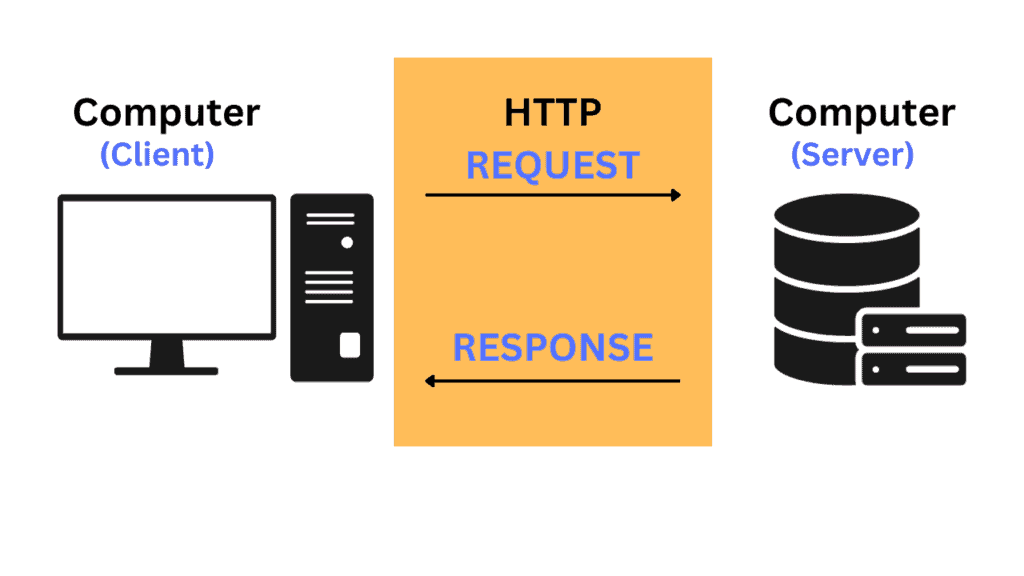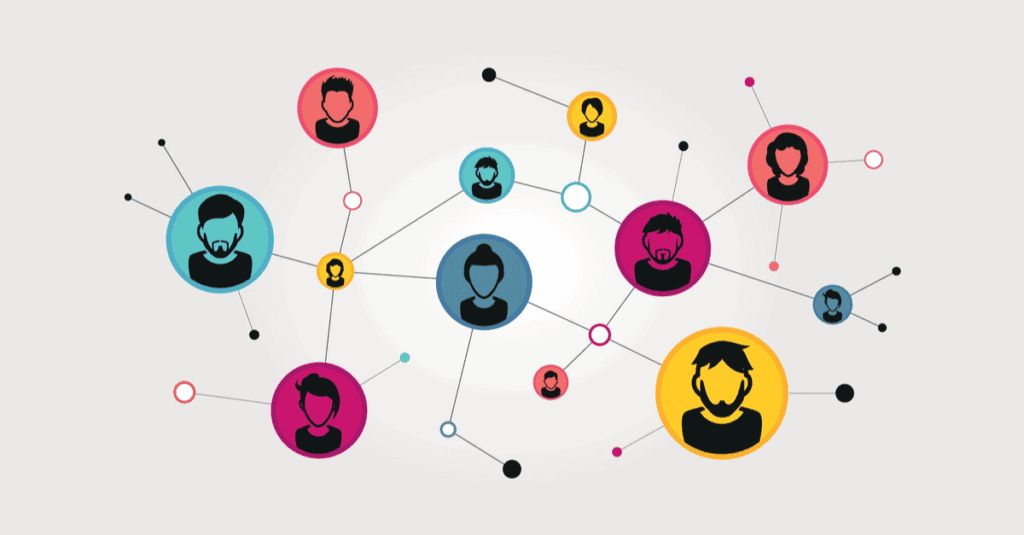Summary of the Blog
- What is the request?
- how does it work
- what is the Response?
- Types of Request method
What is the request?
In networking, a request is a communication message between devices seeking specific actions or information. It’s a fundamental part of protocols like HTTP, where a client requests data or services from a server. Requests vary in type and purpose, such as GET for retrieving data or POST for submitting data. They often include additional details like URLs or parameters. Requests are crucial for devices to interact within a network, enabling the exchange of data and services. In protocols like DNS, a device might request the IP address associated with a domain name. Ethical hackers use requests to simulate attacks and identify vulnerabilities in a system. The response to a request contains the outcome or the requested information. Requests are integral to the functioning of various networking technologies, ensuring effective communication and resource sharing
How does it work ?

1. A client initiates a request, specifying an action and details.
2. The request is transmitted over the network to a server.
3. The server processes the request, taking necessary actions.
4. A response is generated by the server and sent back to the client.
5. The client receives the response, utilizing the information as needed.
what is the Response?
In networking, a response is a message sent by a server to a client following a request. It contains the outcome of the requested action or the information sought by the client. Responses have status codes indicating success, failure, or other conditions. These codes help interpret the result of the request. The server processes the request, generates the response, and transmits it over the network. Routers and switches facilitate the response’s journey back to the client. Once received, the client interprets the response, extracting the data or understanding the outcome. Responses can include headers with additional information. The communication concludes the request-response cycle, integral to data exchange in networking.
Types of Request method
1. GET: Retrieve data from a resource.
2. POST: Submit data to be processed.
3. PUT: Update or create a resource.
4. DELETE: Remove a specified resource.
5. PATCH: Apply partial modifications to a resource.
6. HEAD: Retrieve only headers of a response.
7. OPTIONS: Describe communication options for a resource.
8. TRACE: Perform a message loop-back test.
9. CONNECT: Convert the request connection to a tunnel.
Conclusion:
“In conclusion, the symbiotic dance of requests and responses forms the backbone of efficient communication in computer networks. Requests signal intent, prompting servers to act, while responses deliver outcomes or sought-after data. This dynamic interplay is the heartbeat of seamless data exchange, essential for the functionality and responsiveness of interconnected systems.”





